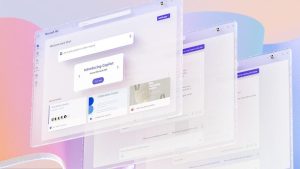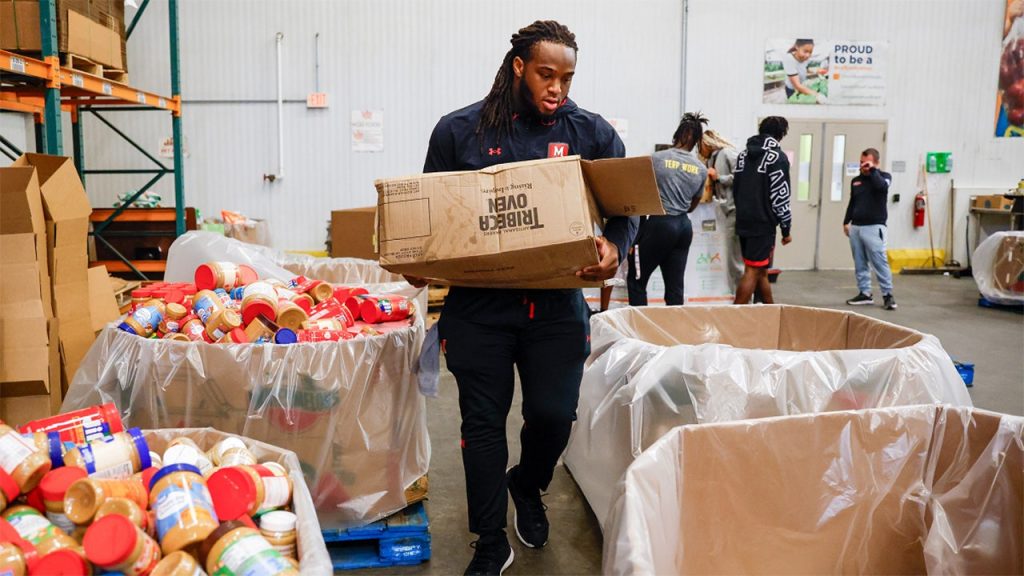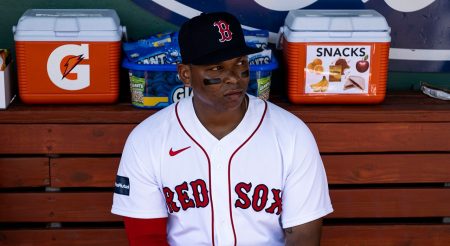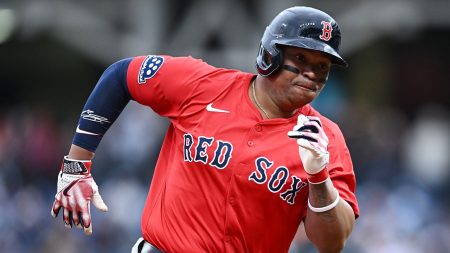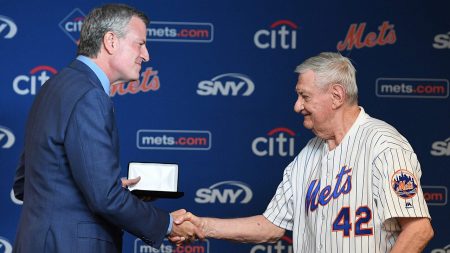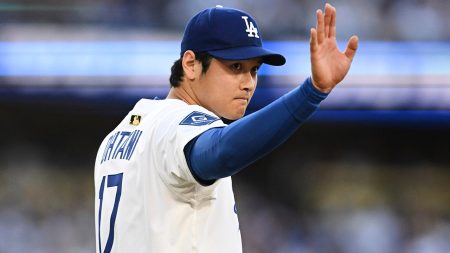The burgeoning NIL (Name, Image, and Likeness) market has revolutionized college sports, generating an estimated $1.7 billion in the 2024-2025 season, with football and basketball dominating the landscape. This financial surge began in July 2021, following a Supreme Court ruling that prevented the NCAA from barring student-athletes from profiting off their NIL. The decision triggered a wave of state legislation and legal battles, creating a complex and evolving legal framework that governs NIL activities. This has led to a competitive landscape where states vie for the most attractive NIL regulations, creating a complex web of rules that differ widely across the country. Collectives, funded by boosters, donors, and businesses, emerged as key players, controlling a significant portion of the NIL market and acting as intermediaries between athletes and endorsement opportunities. This decentralized structure adds another layer of complexity to the already fragmented NIL landscape.
The involvement of collectives, while beneficial in facilitating NIL deals, has raised concerns about transparency and potential conflicts of interest. These organizations operate with varying degrees of oversight, raising questions about the equitable distribution of funds and the potential for undue influence on athlete decisions, including recruitment and transfers. While collectives argue that they provide essential support to student-athletes and athletic departments, critics worry about the lack of uniform standards and the potential for exploitation. The NCAA’s attempts to provide guidance on collectives have been met with resistance from state legislatures, further complicating the regulatory environment.
The NIL landscape has sparked intense debate over its impact on college sports. Proponents argue that it empowers student-athletes, allowing them to capitalize on their marketability and receive fair compensation for their contributions. This shift represents a significant departure from the traditional amateur model of college athletics, where athletes were prohibited from receiving any form of payment beyond scholarships. Opponents, however, express concerns about the potential for NIL to create an uneven playing field, with wealthier programs leveraging their resources to attract top talent. This has led to accusations of “buying” players and concerns that NIL deals are influencing recruitment decisions rather than academic or athletic merit.
The introduction of NIL has significantly altered the dynamics of recruiting. Coaches like Auburn’s Bruce Pearl lament the shift from a focus on academics and program culture to a more transactional approach, where athletes prioritize financial incentives. The NIL market, coupled with the relaxed transfer portal rules, has created a free agency environment in college sports, with athletes readily switching schools in pursuit of better NIL deals and playing opportunities. This increased player mobility has raised concerns about program stability and the potential erosion of team loyalty. The constant movement of players further complicates the NIL landscape, as athletes must navigate different state laws and collective agreements each time they transfer.
The influx of money into college sports through NIL has also raised questions about the long-term sustainability of the current model. While some athletes are benefiting financially, concerns remain about the equitable distribution of NIL funds and the potential for exploitation. The lack of uniform regulations and the varying state laws create a complex and challenging environment for athletes, universities, and collectives to navigate. The NCAA faces the difficult task of balancing the interests of student-athletes with the need to maintain competitive balance and preserve the integrity of college sports.
The future of NIL remains uncertain, with ongoing legal challenges and legislative efforts seeking to establish a more consistent and equitable framework. The NCAA’s attempts to provide guidance have been met with resistance from state legislatures and collectives, highlighting the deep divisions and competing interests within college sports. Finding a solution that addresses the concerns of all stakeholders while preserving the amateur spirit of college athletics will be a significant challenge. The rapid evolution of the NIL market necessitates ongoing dialogue and collaboration to ensure a sustainable and equitable future for college sports.

